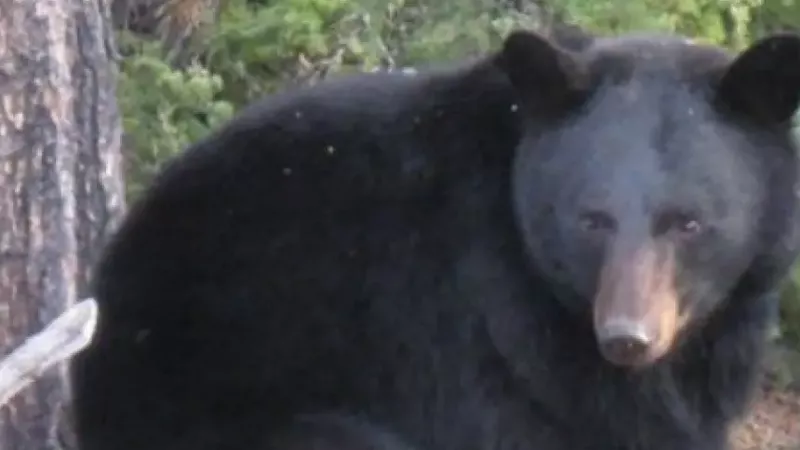
Conservation inspector weighs in on what to do when encountering an aggressive bear
The tragic death of a 44-year-old woman in northern Saskatchewan last week has brought attention to just how dangerous bears can be.
Stephanie Blais was attacked and killed by a black bear on Thursday at her family’s cabin on McKie Lake near Buffalo Narrows.
Steve Dobko is a conservation inspector in Saskatchewan. He says in most cases a bear will detect people before they see the animal and will move out of the area to avoid the people.
“Bears are ruled by their stomachs. They are intelligent animals and if they can’t find food, they’re going to look for food,” said Dobko. “So commonly when we interact or we run into conflict, they’re just trying to find food.”


